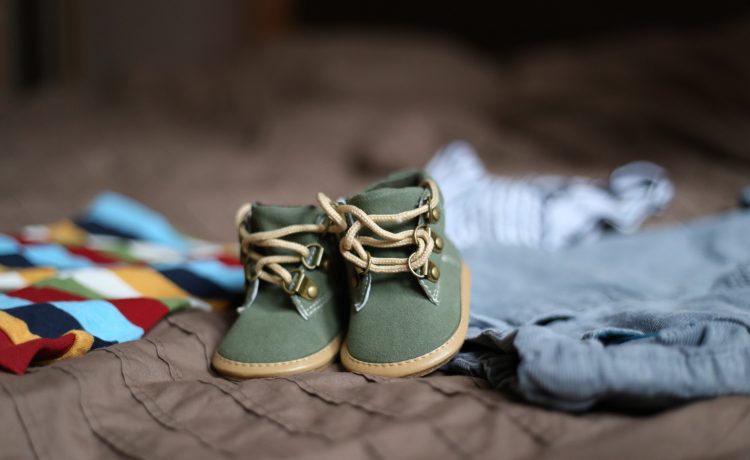Are there so many shoe options when you purchase for your kids? The best shoes for your child’s foot depend more on fit and utility than on style, despite the temptation to pick the cutest pair. Making the effort to get a good fit now aids in the development of their lifelong healthy feet.
Since a child’s feet can continue to develop until they are roughly 18 years old, good shoe function and fit are essential for your child’s foot health and growth. Your child may have foot pain in the short term from wearing improperly fitting shoes, along with calluses, corns, ingrown toenails, or blisters.

Long-term complications such toe and foot abnormalities may emerge. Wearing improperly fitting shoes during your child’s growing years, especially before age 5, can potentially result in long-term posture or walking issues, or even cause back discomfort in the future.
In fact, ill-fitting shoes or bad foot experiences throughout childhood are the root cause of many foot issues in adults. Instead of attempting to measure your child’s feet at home, take them to a shoe store. Also make sure to get quality shoes from boho shoes. A store representative will have the best resources for calculating your child’s feet’s appropriate length and width. The easiest way to get an accurate measurement is to have your child stand and apply some weight on each foot, which lengthens the foot.
One of the most prevalent problems is when parents buy shoes for their kids that are too big. This is particularly concerning for infants and toddlers who are just learning to walk and are frequently unsteady on their feet. In reality, shoes that are half or a whole size too big make your child more prone to trips and falls that could result in injuries. Parents frequently buy bigger shoes thinking their children will grow into them and they’ll last longer.
To avoid crowding or adding to the stress already placed on the toes, the toe box, or front of the shoe, needs to be sufficiently wide and deep. Make sure your child’s shoes are comfortable for him or her to move around in and that there is no slippage or squishing of the toes.
The distance from the longest toe to the front of the shoe should be between one and two millimeters, or roughly one thumb’s breadth. Less than 1 centimeter is too tiny; more than 3 cm is excessive. It is preferable to choose closed-toe athletic shoes with arch support for children because they are typically active and like sports and other physical activities.

You may need to examine and change shoes for your youngster as frequently as every three to four months if they are still developing. Kids’ feet frequently expand by roughly a half size during that time, and they require plenty of space to allow for healthy foot development. You can start your children off on the right foot for life if you take the time to measure and fit shoes correctly and select models that give good support.




